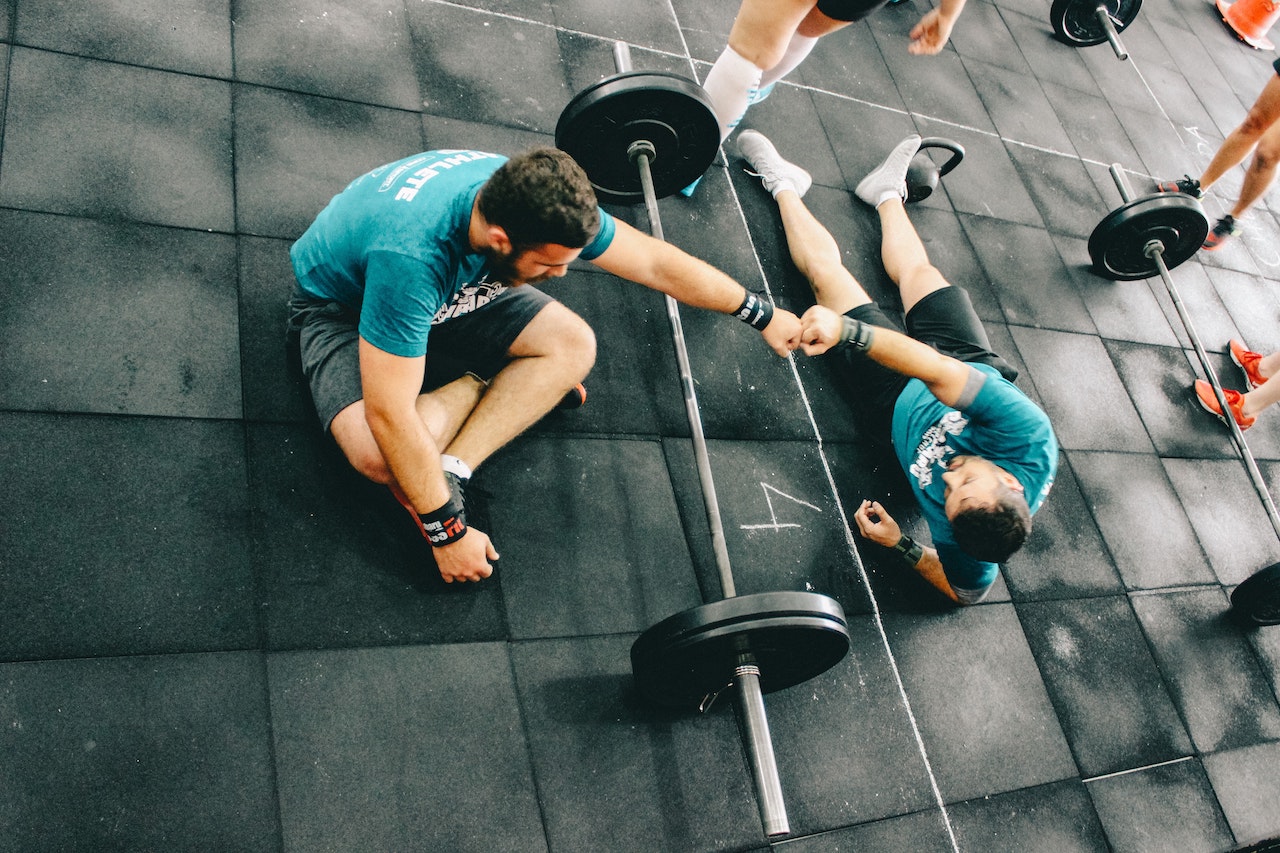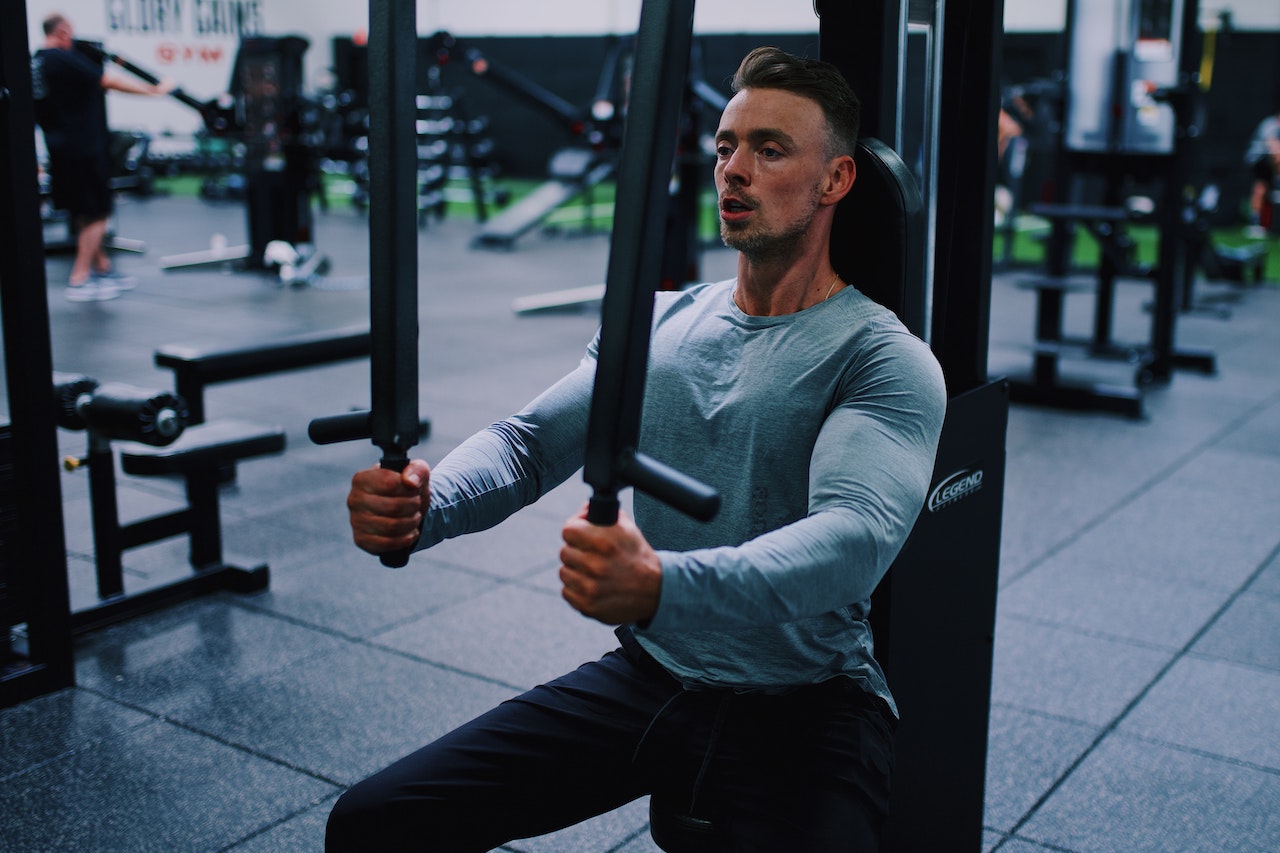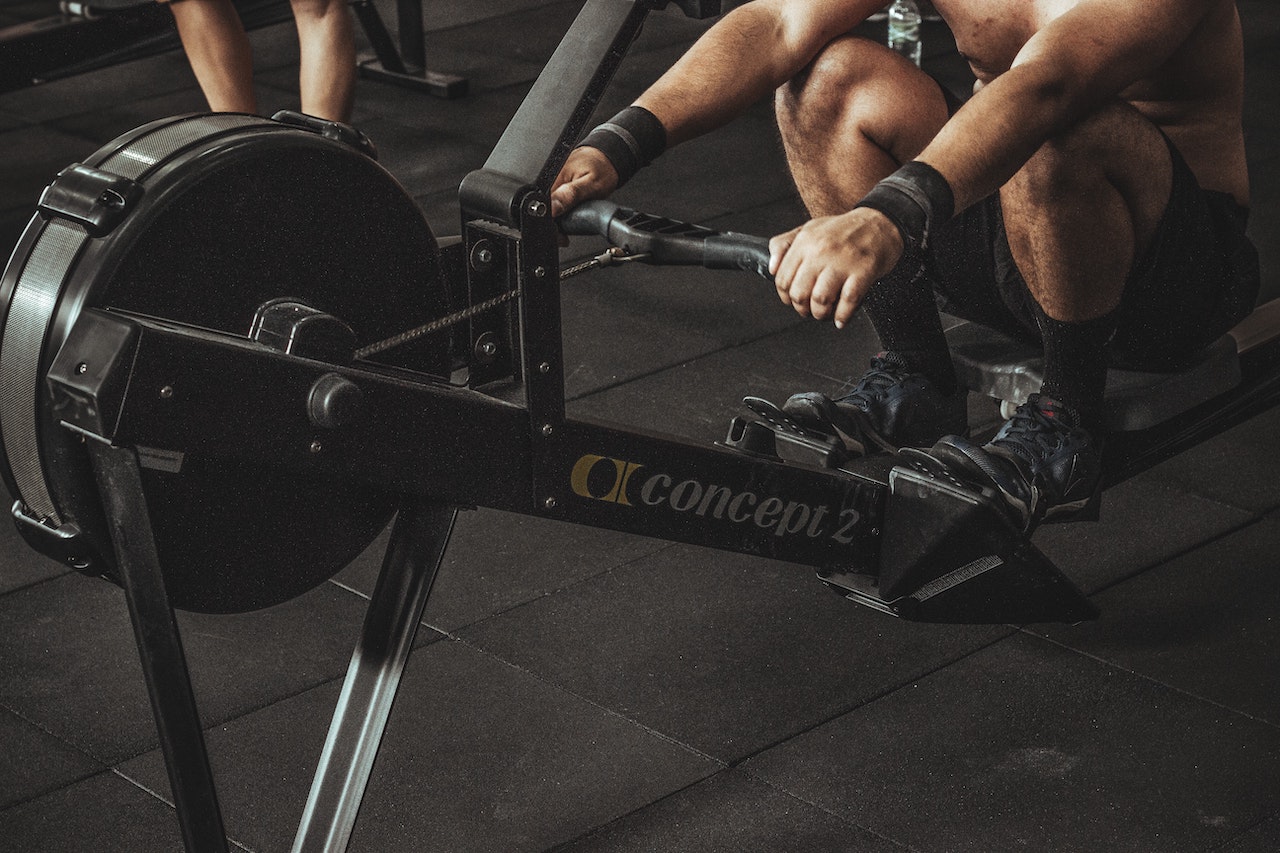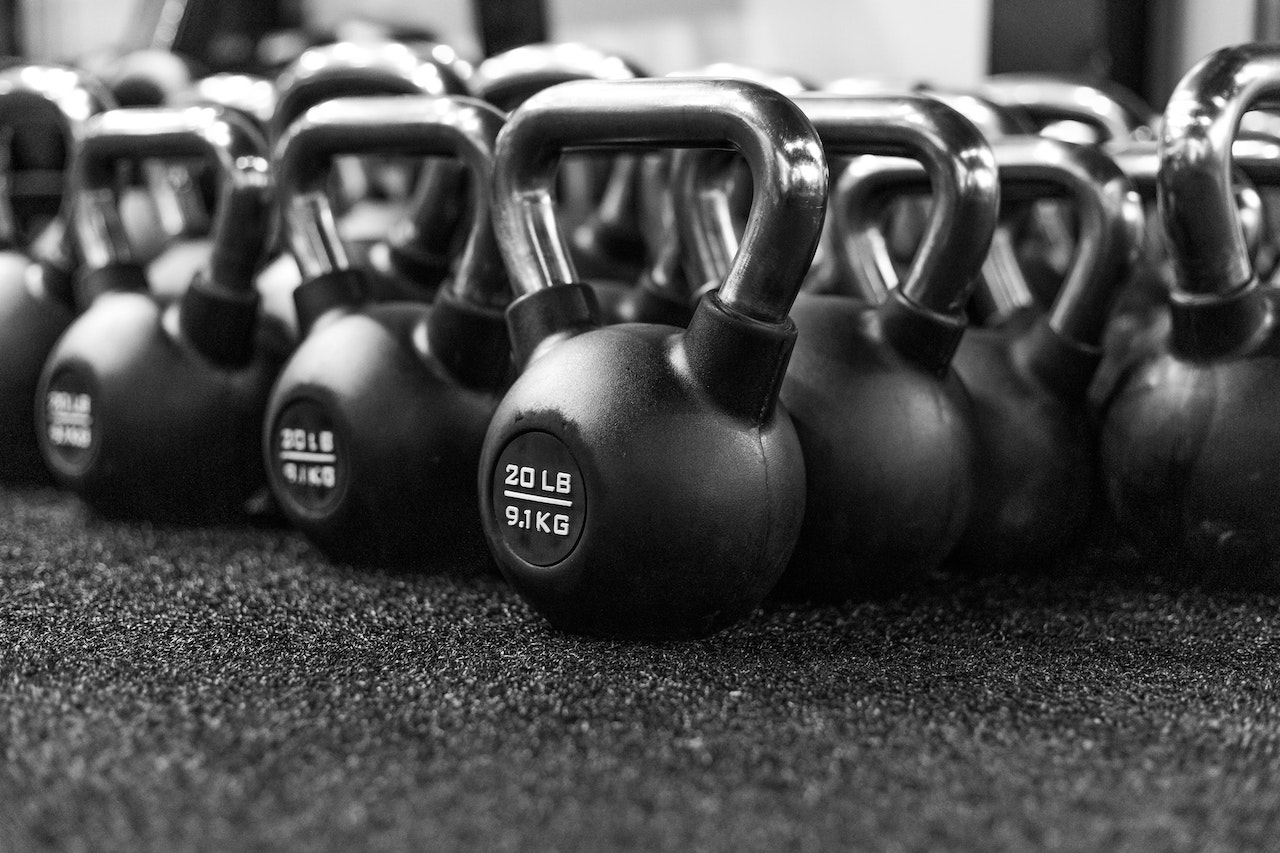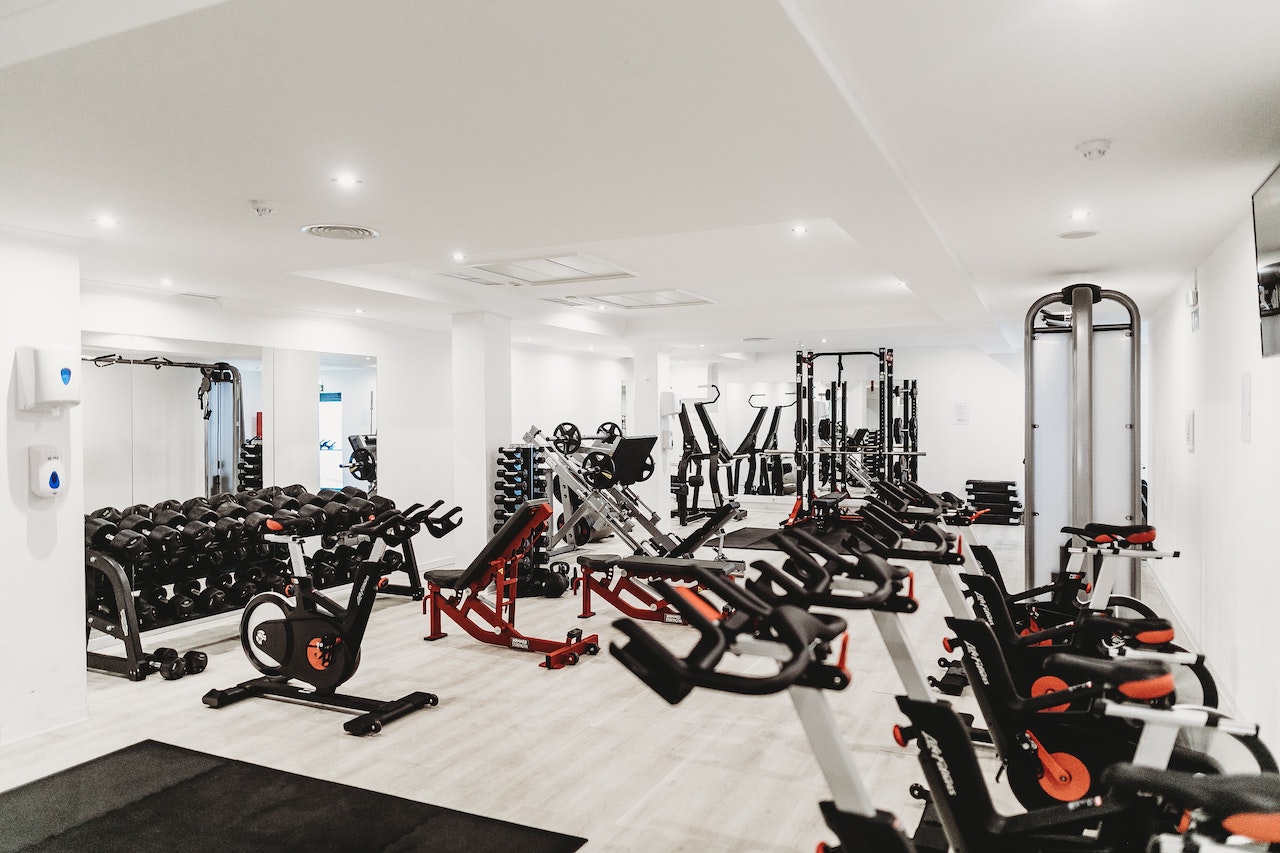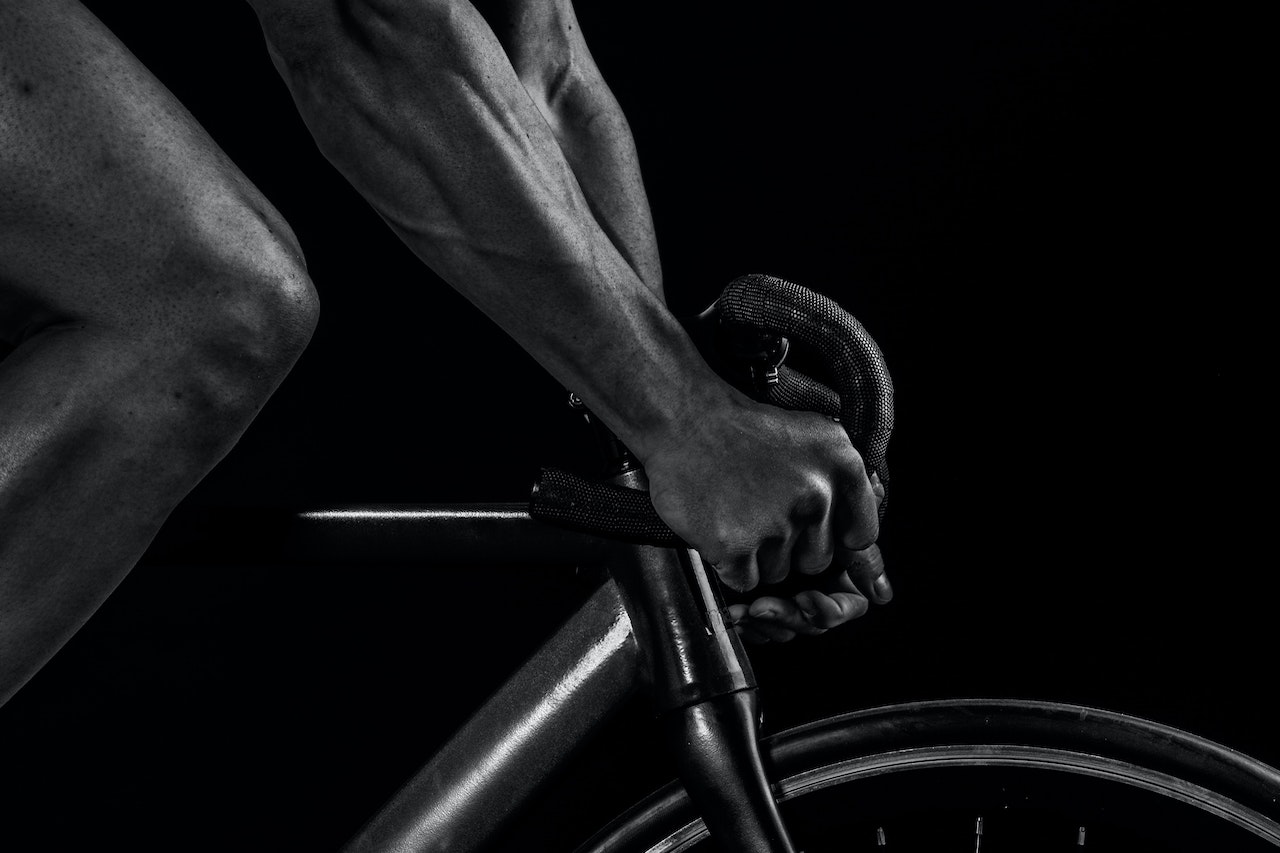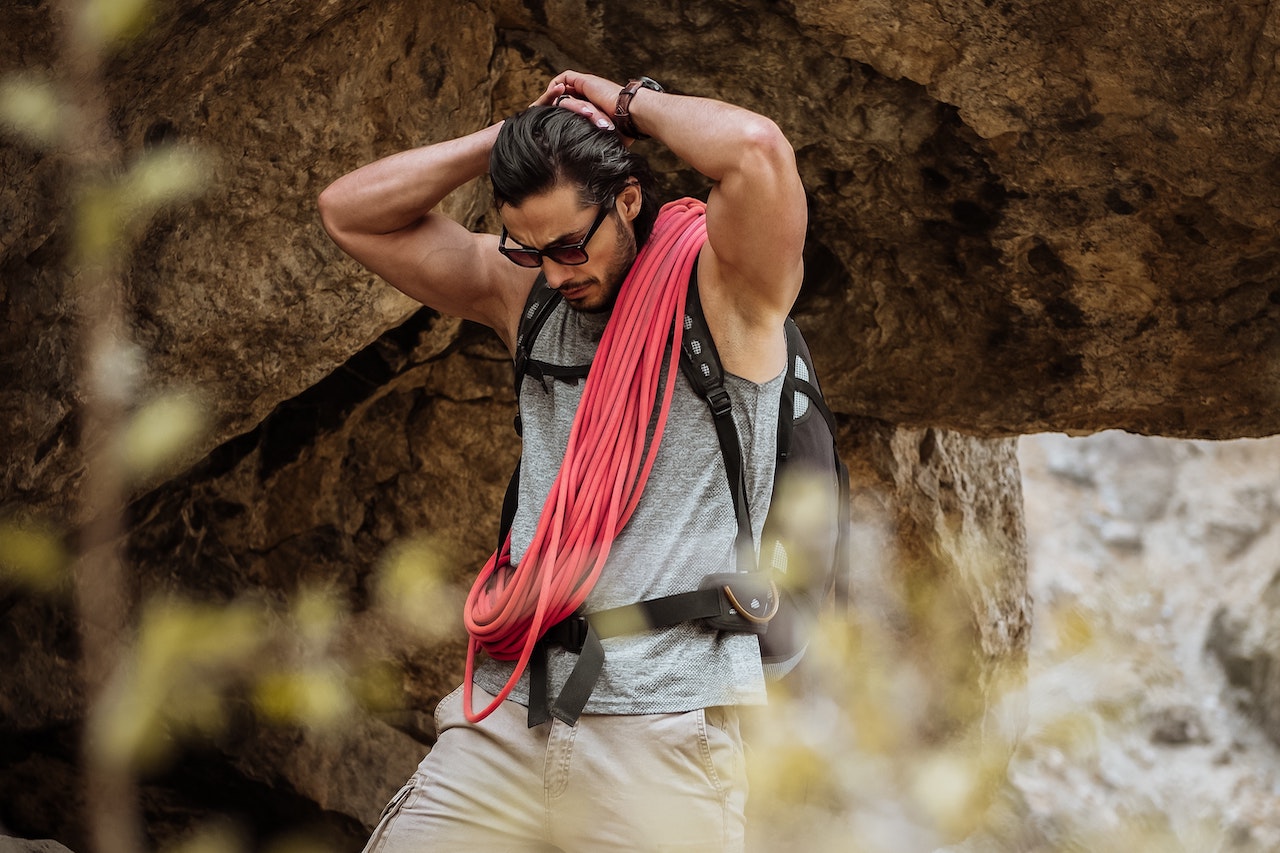have you ever deliberately controlled your diet because of fitness?
Many fitness enthusiasts have a common problem: They focus their training goals on "Volume", especially the tangible dimensions, and neglect training such as flexibility, endurance and explosive power.
Explosive power is not simply an important measure of training level, sometimes you hit a larger weight and the last few reps that overwhelm you are usually the result of a lack of explosive power. The consequence is that you are left with a long term dead cycle of not getting up and down on a weight.
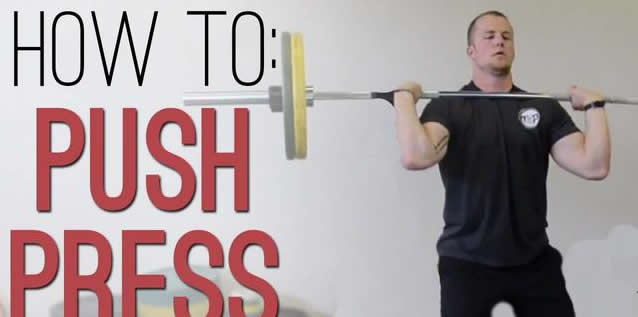
there is a gold medal move to break this dead cycle of lack of explosive power - the borrowed power press.
It is one of the best explosive strength building movements and a solid shoulder training movement. What makes it even more interesting is that it also activates your calves, quads, core muscles and can also stimulate a range of other stabilising and supporting muscles. Being able to do this movement well can also greatly reduce the risk of injury in your training routine.
Isn't it a godsend? If this movement has so many advantages, the reason it's not popular must also be that it's a bit difficult!
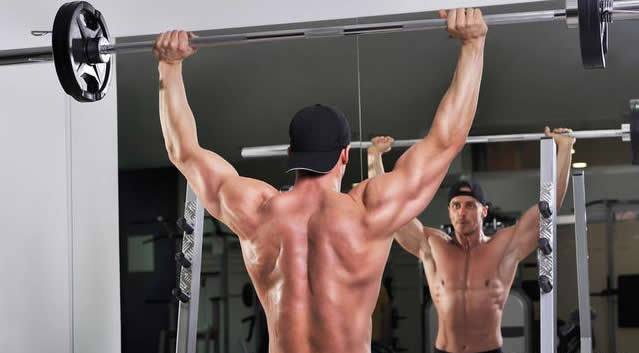
for the exact steps, please read carefully.
Step-by-step description of the movement
the borrowed push-up is an advanced movement that builds on other basic movements. Make sure you master the overhead press before attempting this movement. The overhead press will help you to improve your shoulder strength and confidence in the movement, allowing you to feel comfortable lifting the barbell. Overhead presses can be done with dumbbells, but you will need to learn the movement with a barbell before performing the press.
Also, as the overhead press involves several complex and coordinated movements, it is wise to try light weights or unweighted movements first. Once you have mastered the mechanics of the movement, slowly increase the weight.
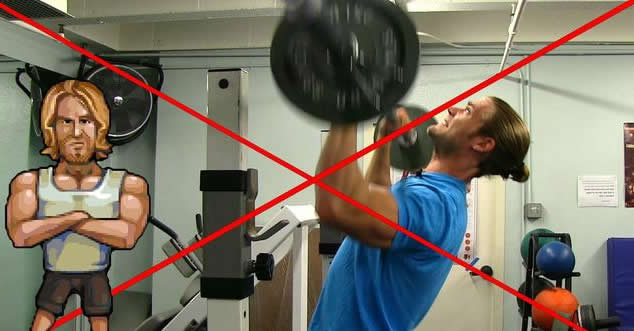
to prepare for the movement, place a barbell on a barbell rack in front of you or in front of your feet. Stand with your feet hip-width apart. Place the barbell in front of your chest at shoulder height so that it is racked on your collarbone. Hold the bar in both hands with a grip slightly wider than shoulder-width apart and palms facing forward. Relax your elbows slightly in front of the lower part of the barbell. Stand with your legs straight, but do not lock your joints. Keep your knees, ankles and hips in a straight line.
Place the barbell in front of your chest, keeping your torso stable and your knees slightly bent at an angle. Then push up through the feet and begin to straighten the legs. This movement quickly gains momentum.
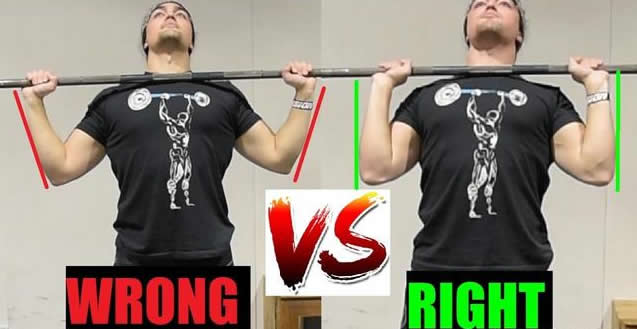
once the hips are fully extended, push up on the barbell. You have to move your head back slightly to give way to the barbell. Extend your arms fully overhead, keeping your torso correctly aligned in a straight line (your chest should not be extended forward or your hips bent back). Once the barbell has reached the top, move it backwards with your body slightly forward. Return the barbell to the starting position and begin the next movement.
The borrowed push-up should be completed in a fluid motion. You only need to complete five reps. If you can complete more than five reps, you are probably using too light a weight.
Common mistakes
there are a few common mistakes with the push press. Most errors involve alignment, especially in the incline phase of the movement.

1. Wrong starting position
be careful not to stand with your feet too wide when preparing to borrow the push press. Feet apart may feel more stable, but only keep them hip-width apart. The feet should stand parallel to each other.
Also, pay attention to the position of your hands and elbows during the preparation phase. The repulsion push-up requires the barbell to be placed at chest height, as do some movements. In other movements, however, the elbows will be forward and the palms of the hands up. However, it is important that the elbows are naturally relaxed during the borrowed push-up so that the palms face forward when you start to power up.

2, sinking
all the power in this movement comes from sinking your legs before you push up. There are a couple of things that can go wrong in this important movement.
Firstly, the body will naturally squat deep rather than sink. In a deep squat, the knees are bent, the torso is slightly forward and the hips move backwards. However, in the borrowed thrust, the hips stay directly below the chest and head. It may seem strange to you to reach your knees forward, but don't bend so deep that your heels feel like they are falling down. You may also arch your back as you sink. If you cannot control the weight to sink steadily, this indicates too much weight.
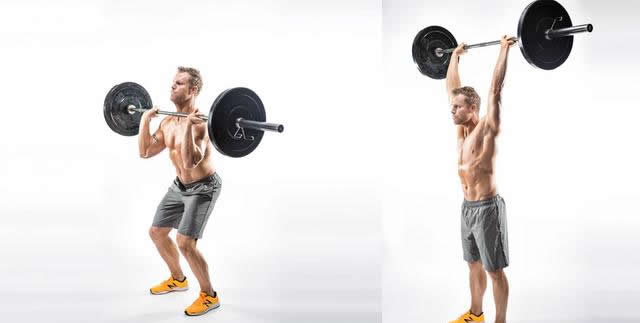
finally, some exercisers will lean backwards, putting pressure on the lower back. Again, keep your head, chest and hips aligned in a straight line as you bend your knees.
3, advance push-ups
the push press is a fluid movement, so don't push the barbell early until the hips are fully extended. Keep the barbell at chest height until the legs are straight.
If you find you always want to start pushing the barbell with your knees bent, practice with dumbbells and have your coach give you movement cues.
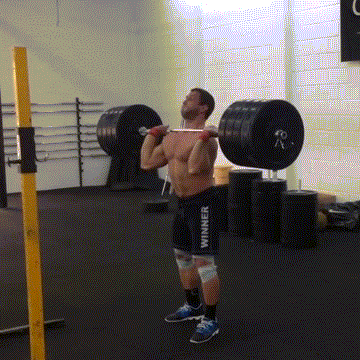
4, no core tightening
keep your back straight during overhead presses. If you find yourself arching your back, remind yourself to tighten your core. Imagine that you are tightening your abdomen to prepare your internal organs to take the blow. If you're still struggling to keep your core engaged, you're probably lifting too heavy.
If you feel the weight is right but still find that your back is in an arch, double check that your core is engaged at every stage of the movement. Core stability will protect your back and prevent injury.
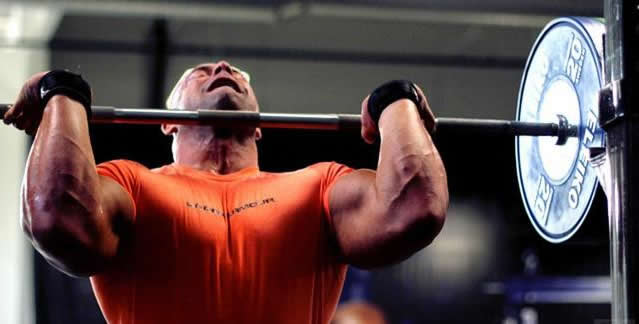
5, too many reps of the movement
the push press is not designed to help you improve your endurance or other metrics. This exercise is designed to improve strength. Therefore, you should only do one to five reps of the movement. Adding more reps can also lead to a breakdown in movement position and ultimately to injury. If you can comfortably complete more than five reps, add more weight.
Modifications and variations
do i need to modify?
Beginners should work with an instructor when learning this movement. But if you can't find a professional, you can try it at home without weights or simply use a long bar. This way you can learn the sequence of movements without the risk of injury.
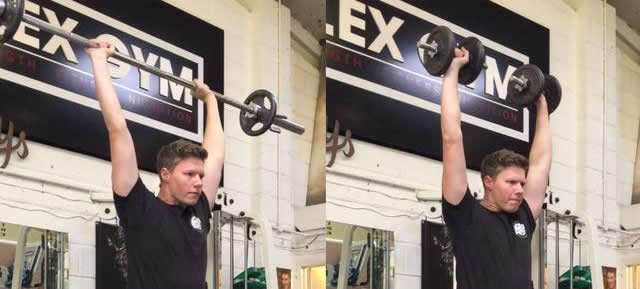
although barbells are usually loaded with 45lb or heavier barbell pieces, you don't need to lift that much weight when you first start out. If necessary, start with a weight of 10 pounds or less. If lighter weights are not available, consider trying dumbbells or kettlebells instead to get a stronger and more comfortable environment for movement.
Ready for the challenge?
Once you've mastered the borrowed push press, consider the jerk. The jerk is very similar to the push press, but it adds a lot more power. The movement starts exactly the same as the push press, but you need to do one more sinking movement before your arms are fully extended overhead.

the difference between the jerk and the borrowed push press is subtle but important. The jerk is an important part of the clean and jerk movement. The jerk should be learned first and then the snatch.
Safety and precautions
the borrowed push press is a common exercise, so you will see it in various weightlifting gyms. You may be tempted to get a barbell and try it out. However, this is a complex movement with the potential to injure your shoulders, back, knees, hips and wrists. The smart thing to do is to break the movement down and learn it carefully before you try it. If you learn to do the movements correctly then it pays off.

to be on the safe side, it is recommended that you are accompanied when completing this movement, starting with light weights. Also perform the exercise in front of a mirror so that you can check the condition at each stage.


